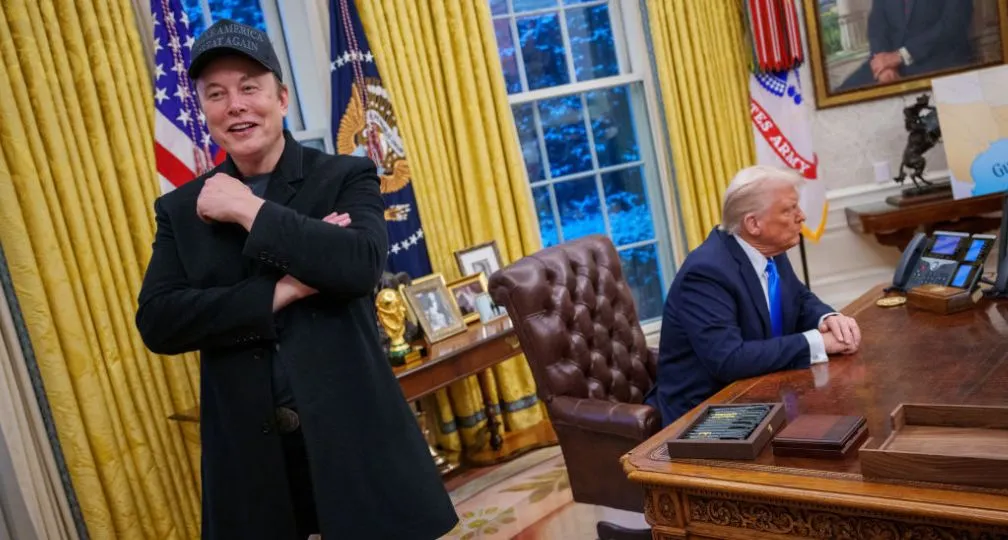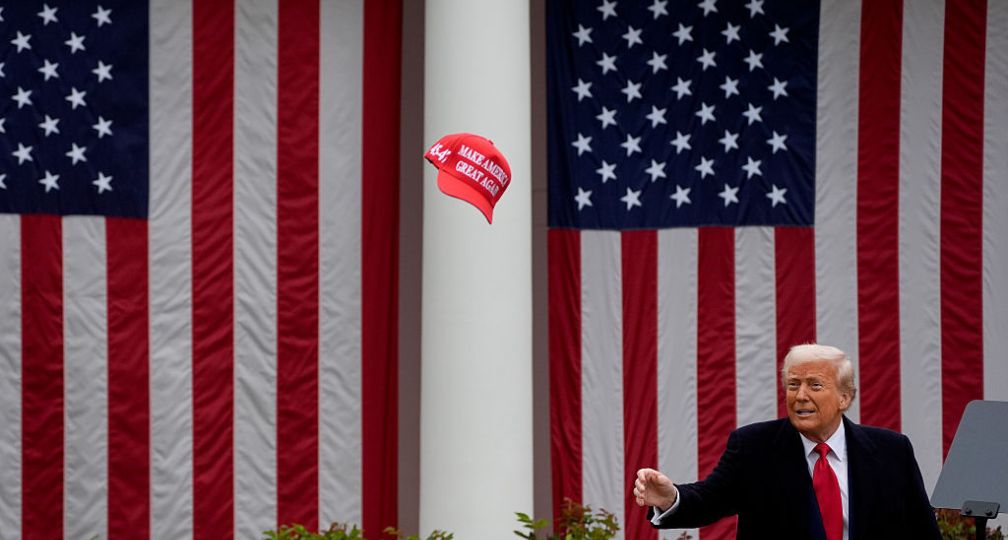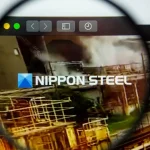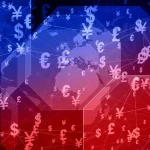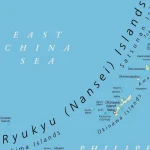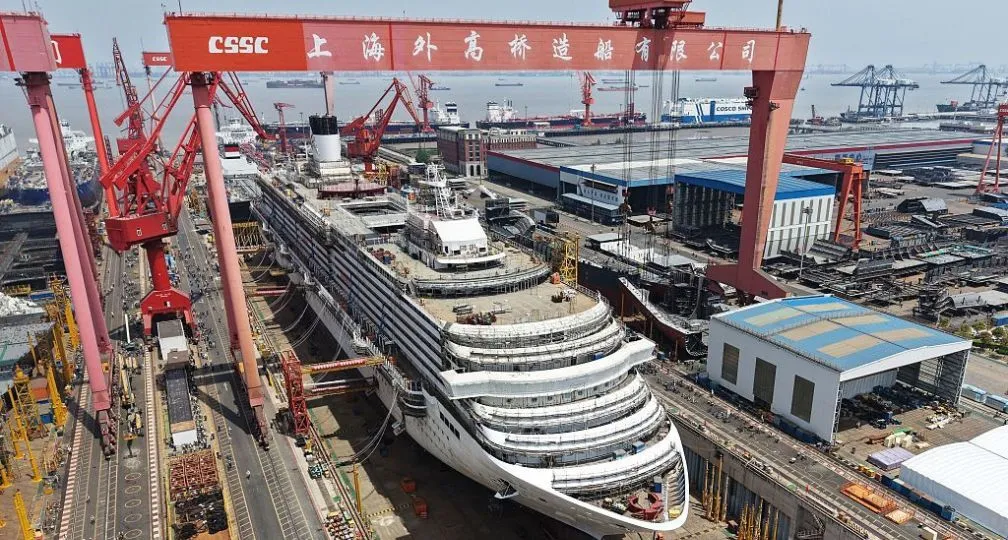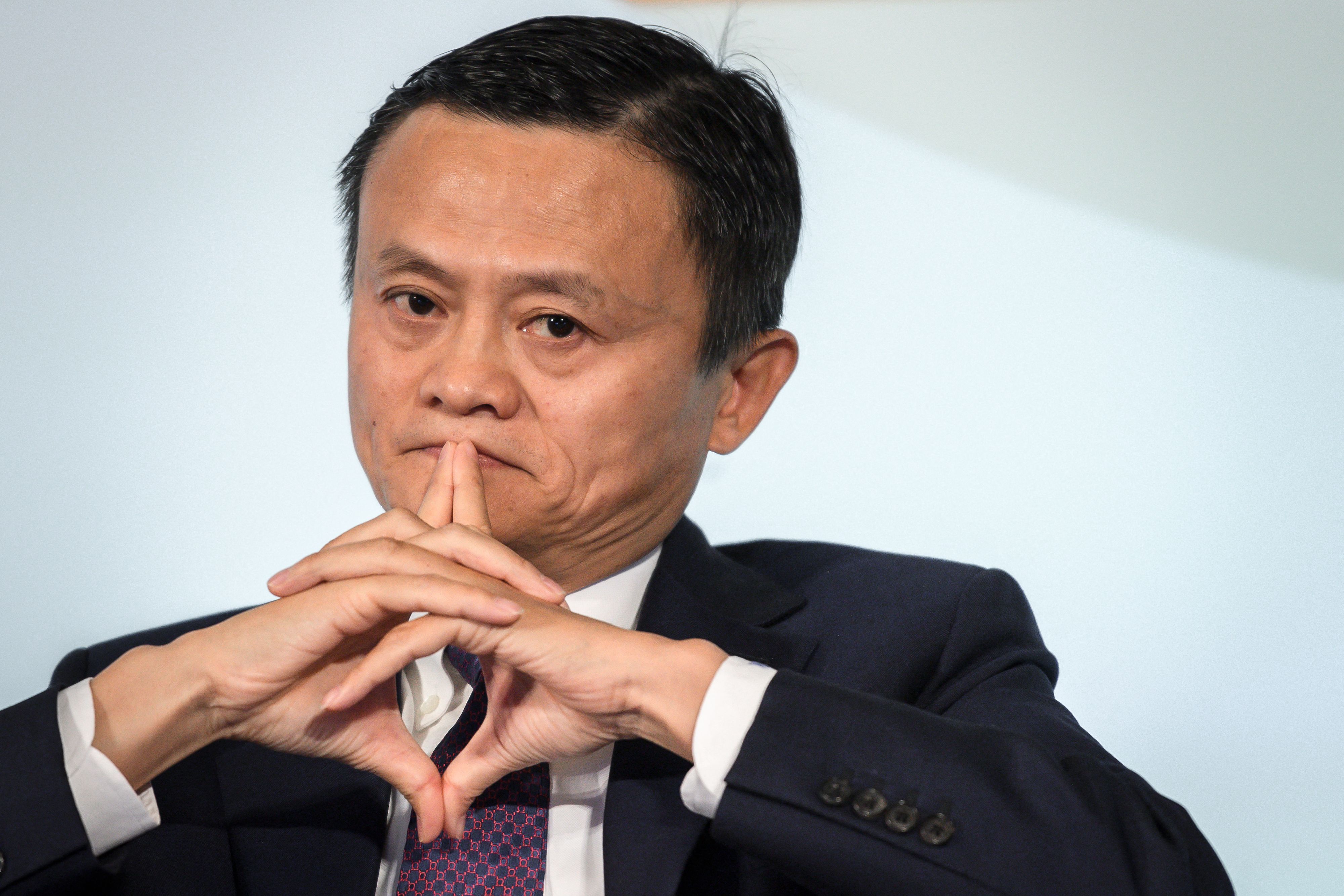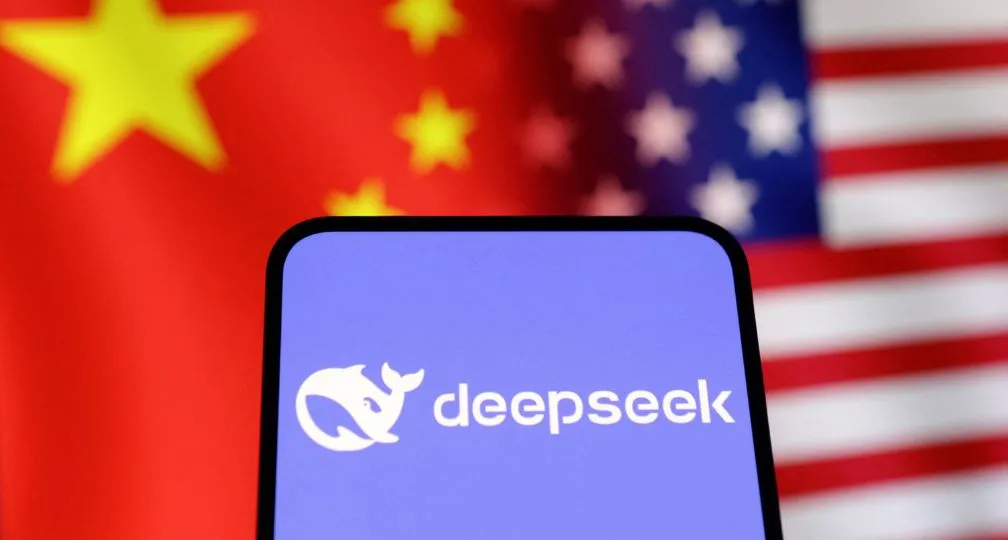China looks to science and technology in its push for more power

Associate professor, Kyoto University of Advanced Science
This article was posted to the Japan Times on September 28 2023:
https://www.japantimes.co.jp/commentary/2023/09/28/world/china-meta-power/
The shift of and imbalance in power among countries brought about by globalization are creating a new international struggle for hegemony over the acquisition of new technologies and the innovation surrounding them.
Such competition is leading to state-led moves to protect not only information but also emerging technologies based on said information, and to strengthen restrictions and penalties in the field.
Competition to gain information and technologies, in particular, is surfacing as a new rivalry, in the post-Cold War era, between superpowers — the United States, a status-quo power, and China, a revisionist power — over techno-hegemony. The situation can be applied to the power transition theory, first addressed by U.S. political scientist A.F.K. Organski in 1951.
Since Donald Trump became U.S. president in 2017, Washington has been stepping up restrictions on Chinese tech companies such as Huawei Technologies and ZTE.
As the international environment surrounding China becomes increasingly complex and severe, Beijing has faced great hardships in recent years in its medium- to long-term efforts to accelerate the digital transformation of its economy, acquire technologies from overseas and push forward its strategy of development through military-civil fusion and international standardization.
High-tech superpower
On Oct. 16, 2022, Chinese leader Xi Jinping described his government’s long-term development goals through 2035 in a report to the 20th National Congress of the Chinese Communist Party.
The goals included significantly increasing economic strength, scientific and technological capabilities, and composite national strength; substantially raising per-capita gross domestic product to be on par with that of a mid-level developed country; and joining the ranks of the world’s most innovative countries, with great self-reliance and strength in science and technology.
China is currently making all-out efforts to solve the problem of technological and supply-chain bottlenecks, and acquire technologies from abroad by encouraging foreign firms to invest in the country.
The nation is focusing on developing from a stage of imitating and catching up to creating innovation by itself.
To strengthen the system of realizing its goals, Beijing boosted the role of the Communist Party’s leadership in science and technology policies, and, at the same time, reorganized the State Council’s Ministry of Science and Technology to promote military-civil fusion in the sector.
In March, the National People’s Congress approved a plan to restructure the ministry and newly create the Central Science and Technology Commission within the party to enforce consistent policies across government agencies.
According to the reform plan for the party and state institutions released jointly by the party’s central committee and the State Council on March 16, immediately following the National People’s Congress, the commission will be established to strengthen the centralized and unified leadership of the party’s central committee over science and technology activities.
The commission will serve as a decision-making and coordinating body of the party’s central committee, and will work with related party agencies and the government to comprehensively plan and facilitate the construction of the national innovation system and the reform of the country’s science and technology system.
It will deliberate on and decide important strategies and major scientific research projects related to national science and technology development. It will also coordinate the layout of strategic science and technology forces such as national laboratories, and will coordinate the integration of military and civilian science and technology development.
The reorganization of the Ministry of Science and Technology is aimed at conducting policy tasks related to the government’s innovation, science and technology more efficiently and effectively under the control of the party’s central committee.
China’s eagerness to focus on science and technology to become a superpower in the field represents its intention to pursue hard power — a country’s ability to achieve its goals through economic and military power deriving from science and technology.
From an economic aspect, domestically, the country’s labor- and capital-intensive economic growth began to wane in the late 2000s. And externally, new technological revolutions and industrial reform — including artificial intelligence, big data, the Internet of Things, crowd computing and quantum — have been reconstructing the world’s economic competitiveness, forcing China to respond.
Innovation ecosystem
China is now working to develop science and technology in the medium to long term to seek economic growth by shifting to a technological innovation-driven growth model.
This is particularly noteworthy because it attempts to build economy and defense in an integrated manner, including designating 445 national-level demonstration zones for new industrialization and establishing an innovation ecosystem where industries with emerging technologies cluster under the country’s military-civil fusion development strategy.
In August 2022, the China Association for Science and Technology released the first batch of innovation bases for the Innovation China project, designating 194 locations to provide comprehensive and in-depth support to build an innovation and entrepreneurship service system, attract more human and innovation resources, and facilitate the high-quality development of economy and society in rural areas.
In such a way, China is proceeding with the industrial clustering of emerging science and technology, pushing forward research and development, industrialization and the social application of advanced multiuse technologies.
The country is also transferring cutting-edge technologies intended for commercial use to the military and defense sectors and encouraging their use in administrative work.
Moreover, China is expanding its international influence by exporting such technologies and products to other countries.
Information warfare and intelligent warfare
On the other hand, in the military arena, warfare domains are expanding along with technological development to include not only land, sea and air, but also new domains such as space, cyber and electromagnetic waves, as well as cognitive warfare.
This has prompted the Xi administration to update its strategic planning to respond to what it calls warfare “informationalized” by information technology and “intelligentized” by AI.
In order to pursue hard power driven by science and technology, Made in China 2025, a new industry policy announced in 2015, includes as one of its objectives meeting the needs of economic and social development, and national defense construction for major technical equipment, indicating the intention to achieve development of defense technology and economic growth in an integrated manner.
At the same time, China is moving to establish the technology standards it has acquired as international standards.
On Oct. 10, 2021, Chinese authorities issued their National Standardization Development Outline, which had been put together under the China Standards 2035 strategy.
The outline calls for the need to advance the standardization of emerging technologies, get involved in the formulation of international standards and promote the compatibility of Chinese standards with international markers through actively participating in international standard-setting bodies; collaborating with Belt and Road partner countries, other BRICS — Brazil, Russia, India, China and South Africa — nations, Asia-Pacific Economic Cooperation members and other countries in the field of standardization; and taking part in international standardization projects.
While Made in China 2025 focused on the real economy, the outline was created in view of the digital or virtual economy.
China aims to have its domestic standards become international standards by applying emerging technologies to society, which would boost economic growth, using such advantages to expand overseas and make global industrial supply chains dependent on China, thus making Chinese technologies the de facto standard.
On June 7, a forum organized by the International Electrotechnical Commission was held in Nanjing, in China’s Jiangsu province, and the Chinese version of the IEC’s white paper on zero-carbon power systems was released. The white paper serves as the basis for promoting the development of emerging technologies and establishing international standards in the field of carbon neutrality.
Leadership role
People’s Daily, the official newspaper of the Communist Party, said that the white paper was a result of China-led efforts, adding that it will contribute to strengthening the country’s international competitiveness in the field of carbon neutrality, as well as its leadership and discourse power in the global society.
Through the development of emerging technologies and the formation of international standards, China is deeply involved in global governance and is seeking dominance in the international society.
Beijing regards this as strengthened institutional discourse power, which overlaps with U.S. political scientist Stephen Krasner’s concept of “meta-power” in international political economy.
Meta-power refers to a country’s power to restrict other nations by structuring or restructuring systems, rules or frameworks in international society.
China is seeking hard power through science and technology and is using its international influence to increase its engagement in global governance.
The development of emerging technologies and the formation of international standards are only examples of such efforts. Still, Beijing is apparently aspiring to have meta-power that can change other systems and rules.
China is taking the lead in this area as a way to control technologies and exercise sovereignty in cyberspace and data. Such moves contain possibilities of changing existing U.S.-led systems and international order based on universal values such as freedom, democracy, fundamental human rights and the rule of law.
As emerging countries’ political and economic influence is growing and values are diversifying, there is increasing room for China’s meta-power to gain support regarding revision of existing systems and international order.
Meta-power and hard power
China’s stronger meta-power could not only cause friction with the existing international order created by Western countries, but could also allow Beijing to set rules to form and exercise hard power favorably.
In other words, China’s move to boost its meta-power will accelerate its hard power expansion.
Nevertheless, it will not be easy for Beijing to realize this goal.
What is needed for China, which is catching up with the U.S. in terms of hard power, to gain meta-power is the imagination to come up with entirely new alternatives to existing systems or strategies based on new science and technology.
Meanwhile, the U.S., Europe and Japan, which have supported the existing international order, must work together to win the competition against not only China’s hard power but also its meta-power to strengthen global governance.
(Photo Credit: AP / Aflo)

Geoeconomic Briefing
Geoeconomic Briefing is a series featuring researchers at the IOG focused on Japan’s challenges in that field. It also provides analyses of the state of the world and trade risks, as well as technological and industrial structures (Editor-in-chief: Dr. Kazuto Suzuki, Director, Institute of Geoeconomics (IOG); Professor, The University of Tokyo).
Disclaimer: The opinions expressed in Geoeconomic Briefing do not necessarily reflect those of the International House of Japan, Asia Pacific Initiative (API), the Institute of Geoeconomics (IOG) or any other organizations to which the author belongs.
-
 DOGE Shock and Crisis in U.S. Credibility2025.07.14
DOGE Shock and Crisis in U.S. Credibility2025.07.14 -
 India’s Strategic Autonomy in a Trumpian World2025.07.11
India’s Strategic Autonomy in a Trumpian World2025.07.11 -
 Air superiority vs. air denial: Redefining U.S. airpower strategy2025.07.09
Air superiority vs. air denial: Redefining U.S. airpower strategy2025.07.09 -
 The Lessons of the Nippon Steel Saga2025.07.08
The Lessons of the Nippon Steel Saga2025.07.08 -
 Unchecked and unbalanced: The future of U.S. economic policymaking2025.07.07
Unchecked and unbalanced: The future of U.S. economic policymaking2025.07.07
 The Lessons of the Nippon Steel Saga2025.07.08
The Lessons of the Nippon Steel Saga2025.07.08 From dollar hegemony to currency multipolarity?2025.06.25
From dollar hegemony to currency multipolarity?2025.06.25 The Big Continuity in Trump’s International Economic Policy2025.06.11
The Big Continuity in Trump’s International Economic Policy2025.06.11 India’s Strategic Autonomy in a Trumpian World2025.07.11
India’s Strategic Autonomy in a Trumpian World2025.07.11 The Tyranny of Geography: Okinawa in the era of great power competition2024.02.09
The Tyranny of Geography: Okinawa in the era of great power competition2024.02.09


